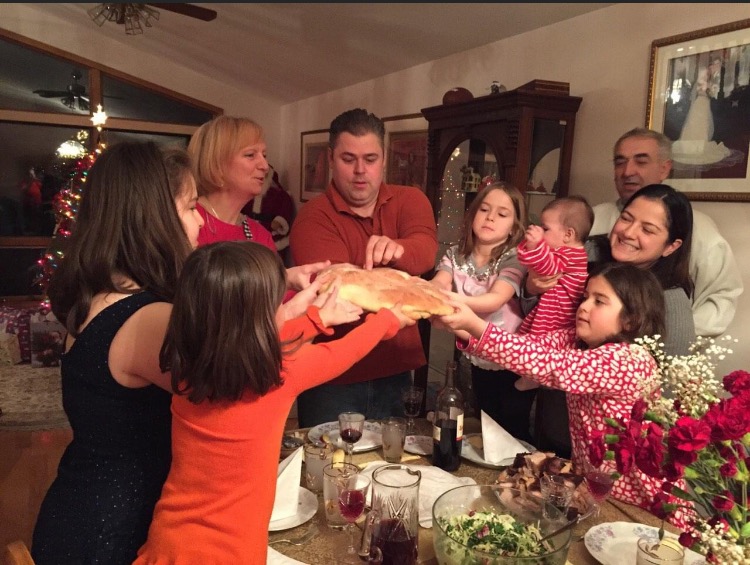Celebrating the holidays is not a ‘one size fits all’ situation
Kathryn Lazich ‘23 and her family breaking the bread (cesnica) for Orthodox Christmas on Jan. 7 in 2015 (photo courtesy of Lazich).
December 14, 2022
Every year when the air becomes crisp and “Last Christmas” by Wham! plays on the radio, I can’t help but get excited for the holiday traditions and memories that are about to happen. Some of my favorite holiday traditions include decorating the Christmas tree, baking cookies, and writing letters with my sisters, but also celebrating the roots of my Hispanic and European cultures. While I do many of the typical Christmas season festivities, my multicultural background plays a role in the unique ways my family celebrates the holidays.
Many holiday traditions on my mother’s side surround my close knit Mexican family. We come together throughout the winter season and spend time having cookie and tamale parties. Making tamales is a tradition that is very special to me because it is a time when old family stories are re-told.
On Christmas Eve, we queue up “Feliz Navidad” by José Feliciano and my whole family comes together to celebrate and reunite with one another. Another staple for our Mexican family is Ponche Navideño, a Mexican Christmas punch that is similar to a hot apple cider. The punch is one of my favorite aspects of Christmas because it is one of the little things that reminds me to be thankful for the people in my life. Above all, I always have a wonderful time catching up with all my cousins, aunts and uncles.
On my dad’s side, one of the most important events my family celebrates is our Slava. Every Serbian Orthodox household celebrates a Slava, which is a day where families commemorate their patron saint. My family’s patron saint is St. Nikola, more commonly known in the Western world as St. Nicholas, and we celebrate annually with a dinner party on Dec. 19.
Now that I am older, my favorite part about Slava is preparing for the dinner party because I am able to learn more about my culture. With my grandma being the most experienced chef in our home, my mom, sisters, and I enjoy observing how to make accustomed Serbian dishes so we can continue the traditions of our culture. The foods we make every year are the Slavski kolac (Slava cake) and the zito (wheat blend). We prepare this the night before and take it to church the next morning to be blessed by the priest.
Another perk of my faith is celebrating Christmas for a second time on Jan. 7. Not all Orthodox families choose to celebrate twice, however my family likes celebrating both so we can focus more on the spiritual element of Orthodox Christmas, also known as Božić. On Christmas Day, we always have a family dinner where we eat pečenje (roasted pork) and other side dishes. An important detail of this dinner is with the Christmas bread called cesnica. This bread has a coin baked inside, and whoever finds the coin is said to be blessed for the next year.
Other traditional elements celebrated include obtaining Badnjak (young oak tree) and greeting people with the saying “Hristos se rodi,” meaning “Christ is born.” To my family, Orthodox Christmas is a day to be spent in relaxation while trying to feel closely connected to our religion.
We all have our niche when it comes to how we choose to celebrate the holiday season. Whether you deck out your home with Christmas decor or keep the holidays lowkey, know that any way you celebrate is valid no matter how it looks. I, for one, can’t wait to celebrate this season by embracing the hectic and beautiful traditions my family has worked to preserve.



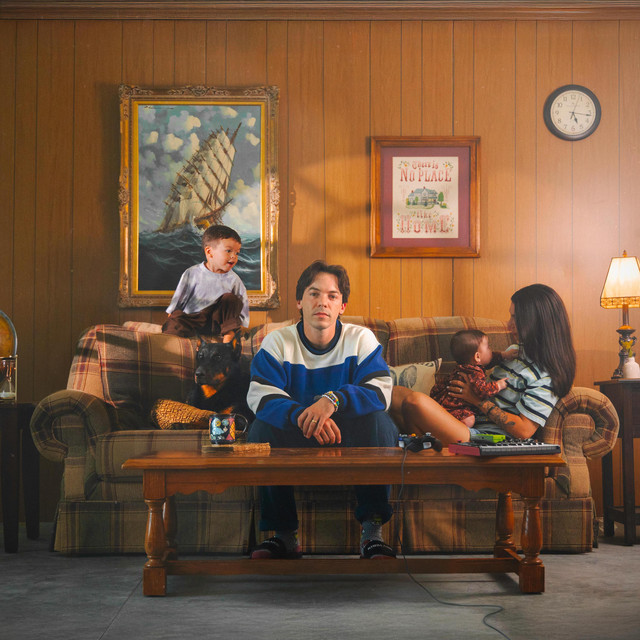
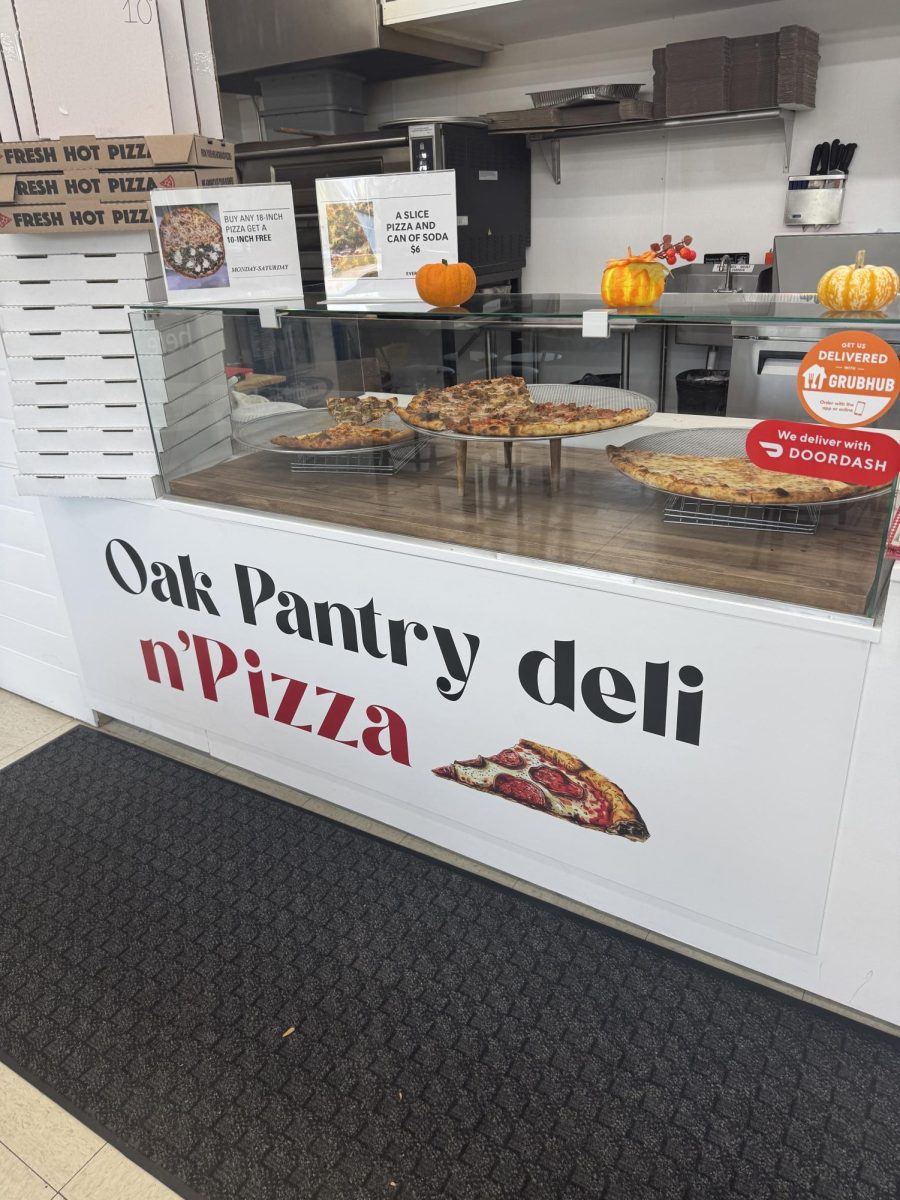

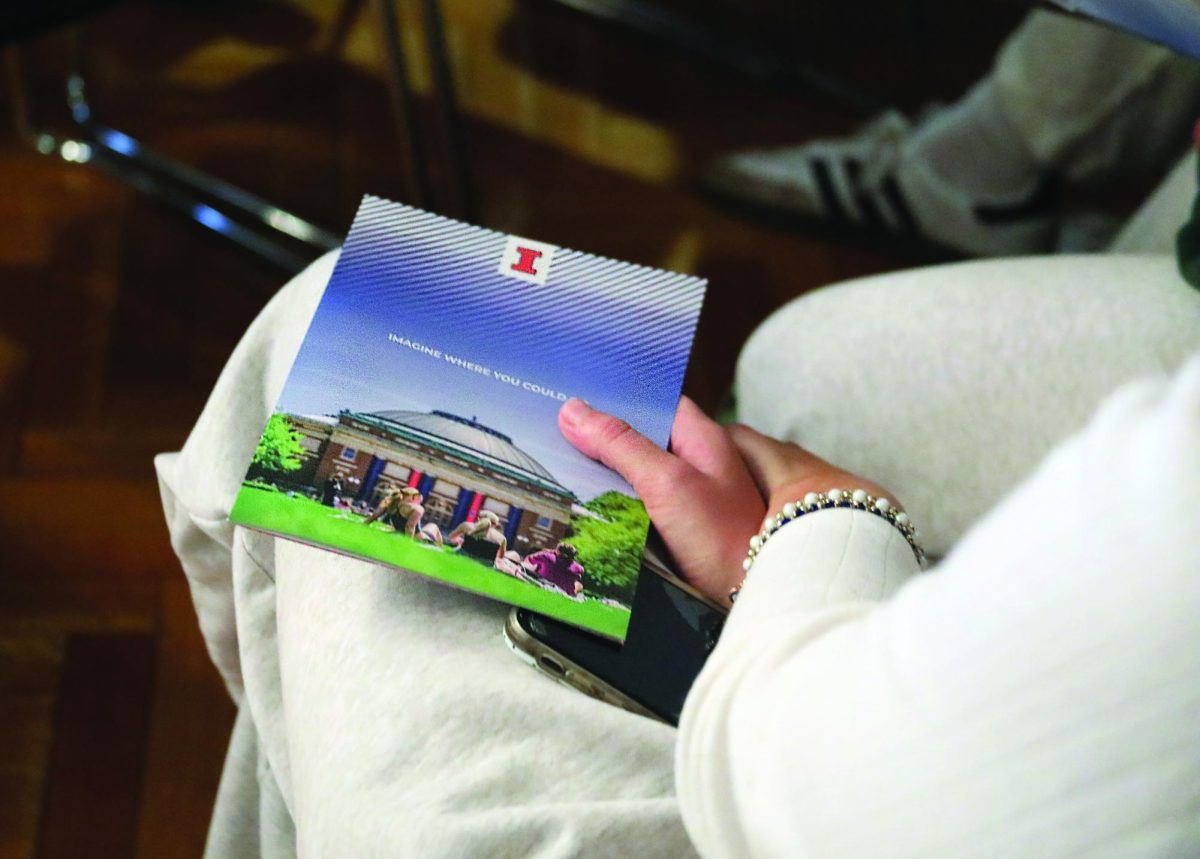




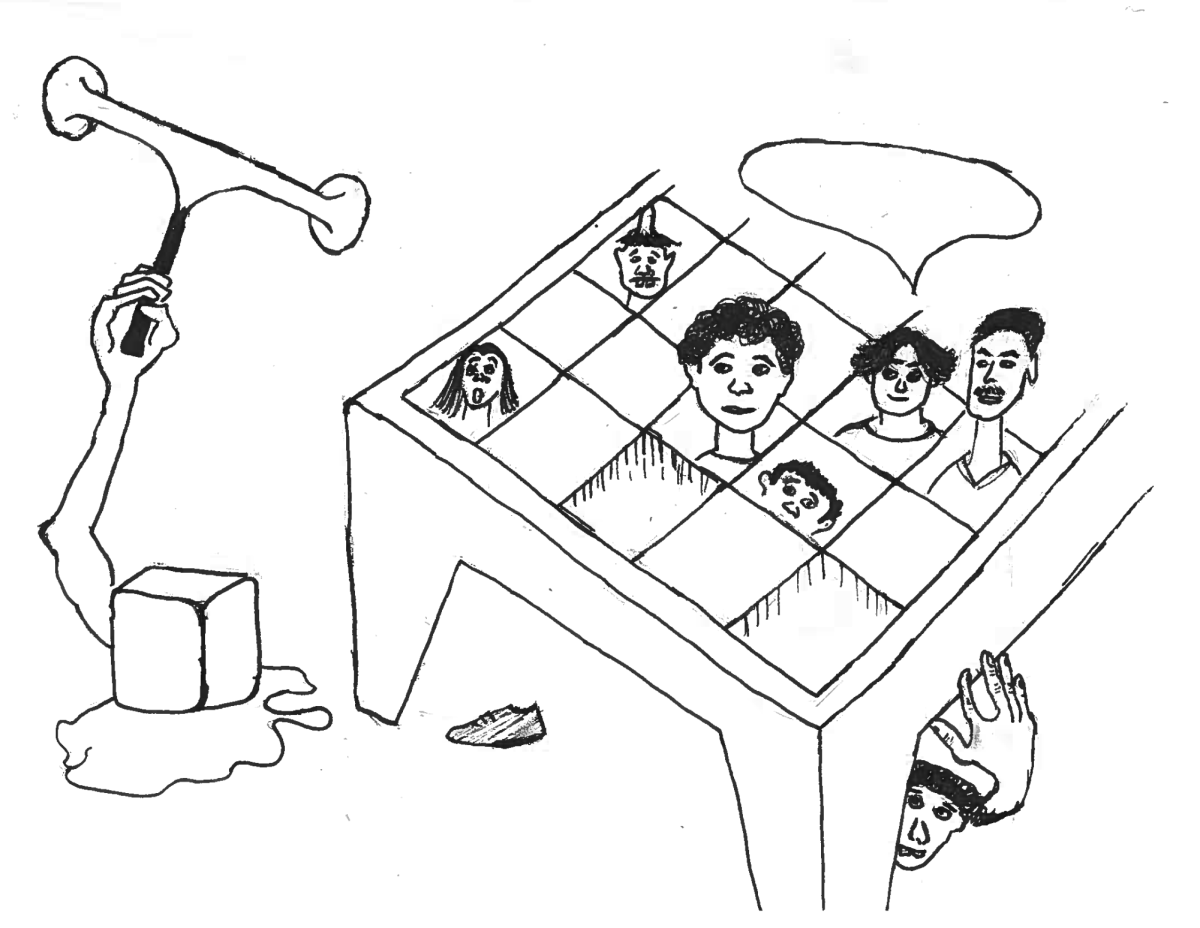





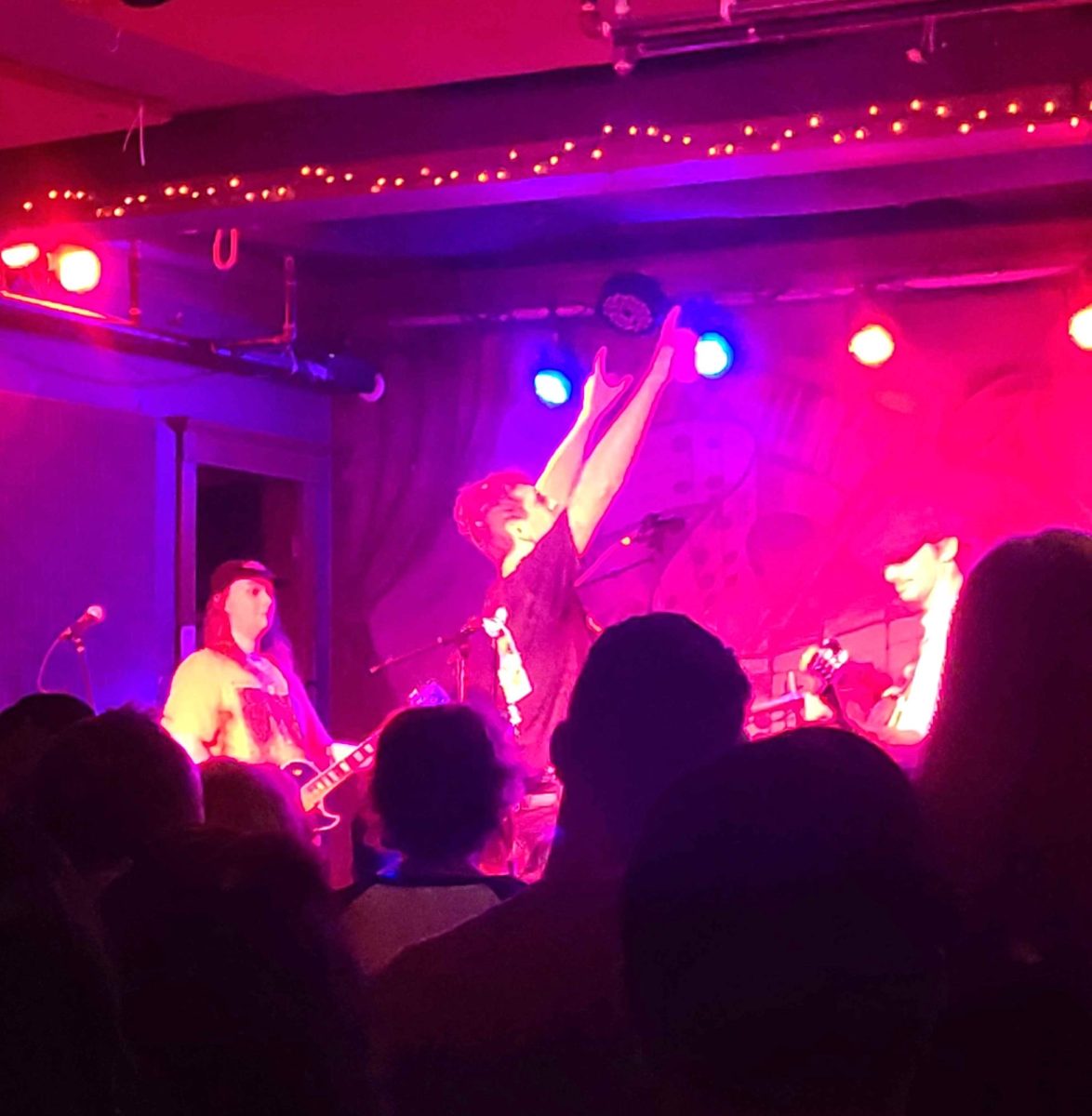

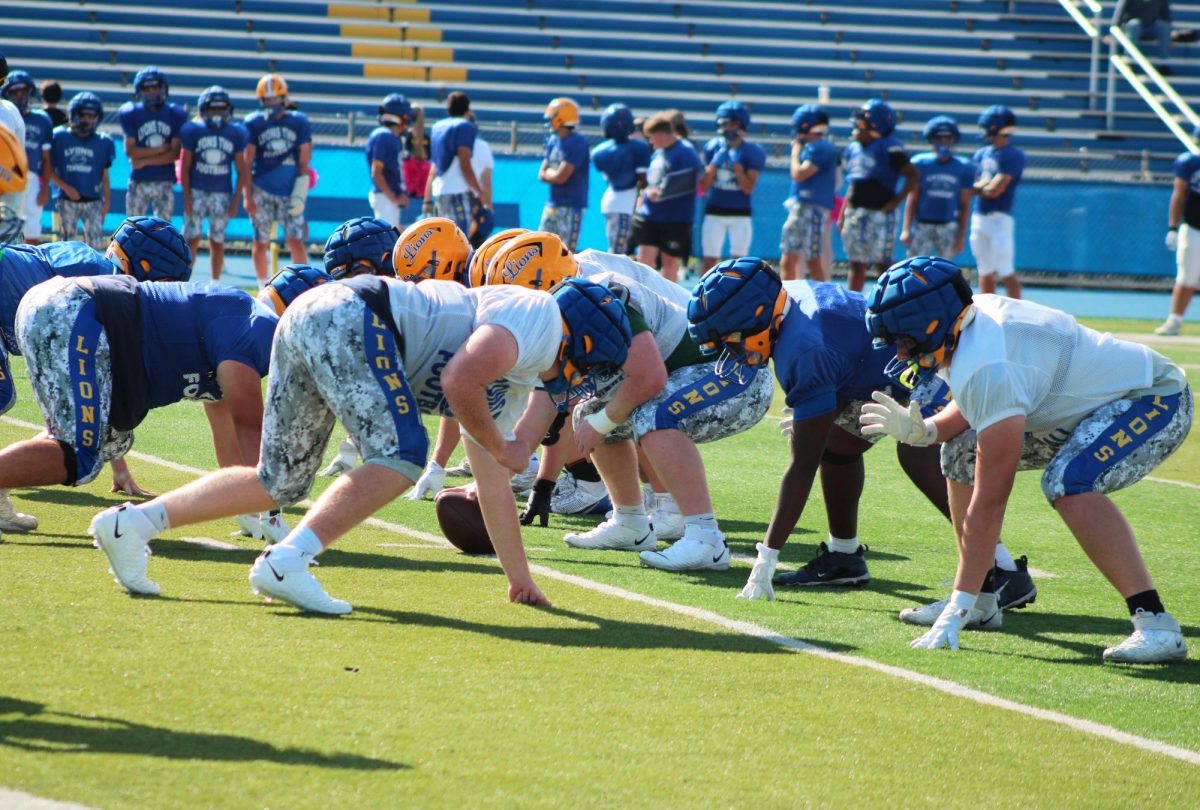
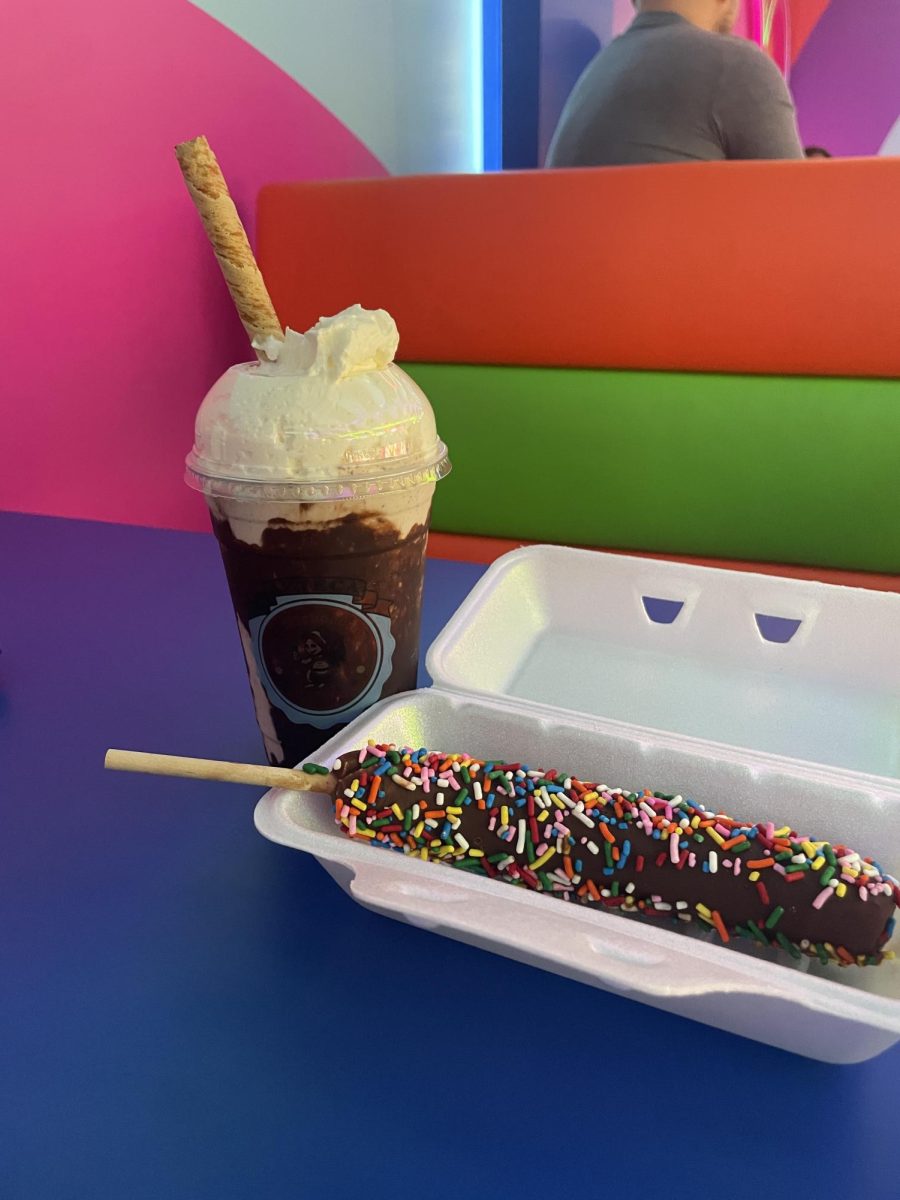
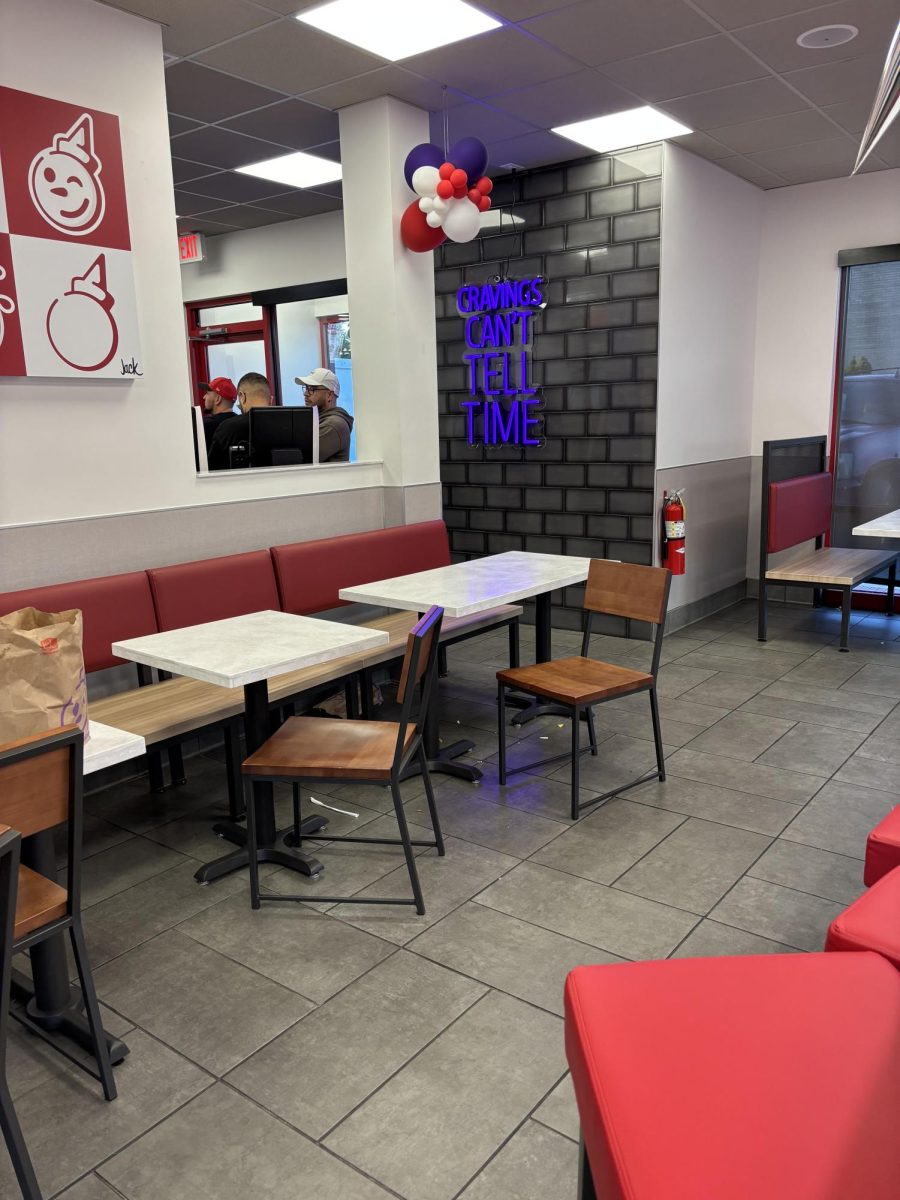


![Movie poster for '[Rec]" (2007).](https://www.lionnewspaper.com/wp-content/uploads/2023/04/rec-640x900.jpg)


